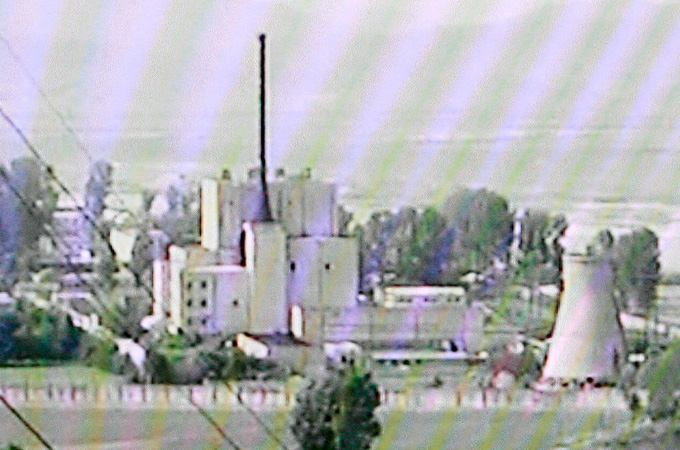N Korea nuclear threat ‘alarming’
South Korean official says programme has progressed at “a rapid pace” as satellite images show work at Yongbyon reactor.

 |
| North Korea shut down its Yongbyon nuclear reactor as aprt of an aid-for-disarmament deal [File: EPA] |
North Korea’s nuclear programme has reached an “alarming level” and poses a serious threat to the South, a senior government official in Seoul has said.
Kim Tae-Hyo, the president’s secretary for national strategy, said Pyongyang was believed to be operating all its nuclear programmes, including the Yongbyon nuclear reactor which produces weapons-grade plutonium, and a separate highly-enriched uranium project to make bombs.
Keep reading
list of 4 itemsTurtles swimming to extinction in Malaysia as male hatchlings feel heat
Could shipping containers be the answer to Ghana’s housing crisis?
Thousands protest against over-tourism in Spain’s Canary Islands
“North Korea’s nuclear threat has progressed at a rapid pace and reached a very alarming level, while the nuclear programmes are evolving even now,” Wednesday’s JoongAng Ilbo newspaper quoted Kim as telling a forum the previous day.
Yongbyon, which when fully operational can produce enough fissile material for one nuclear weapon every, was shut down under an aid-for-disarmament agreement and the cooling tower at the site was destroyed in 2008.
Satellite images
Pyongyang announced last year that it would restore parts of the plant, saying that the move was a response to US aggression and satellite images in a report published this week by the Institute for Science and International Security in Washington appear to show activity in the area around the destroyed cooling tower.
“However, there is no indication in the imagery that North Korea is rebuilding its cooling tower,” it said.
“In addition, the new excavation activity appears to be more extensive than would be expected for rebuilding the cooling tower. But the actual purpose of this excavation activity cannot be determined from the image and bears watching.”
The Yongbyon complex, about 100km north of Pyongyang, consists of a five-megawatt reactor, whose construction began in 1980, a fuel fabrication facility and a plutonium reprocessing plant, where weapons-grade material is extracted from spent fuel rods.
It also houses a 50-megawatt reactor which is still to be completed.
John Large, an independent nuclear expert, said that it was interesting to see such construction working taking place at what is probably one of the most watched sites in the world.
“The Americans will have a satellite parked constantly looking for this. The International Atomic Energy Agency has inspection rights under a UN resolution in 2007,” he told Al Jazeera from London.
“So it is very unusual to see construction, any activity, on this site. I think that if North Korea was to diversify its nuclear programme, to restart its programme in earnest it would do it somewhere else.
“There is certainly something going on at this site but what it is is not very clear at the moment.”
‘Immense havoc’
Before the North carried out its second ever second nuclear test in May last year, US officials said it had produced about 150kg of plutonium, which proliferation experts say would be enough for six to eight nuclear weapons. However, most analysts agree that it does not have the ability to deliver the warheads on a missile.
“When the weapons are made mobile, they will be placed in the field, and when that time comes, they could wreak immense havoc on South Korean soil wherever they are aimed,” Kim said on Tuesday.
Kim also warned of potential dangers from the leadership succession process which appears to be under way in the North.
Kim Jong-Un, youngest son of leader Kim Jong-Il, was last week appointed as a four-star general and given powerful party posts.
“Kim is young and lacks experience, so there is a chance that he might develop an appetite for yet another risk or be tempted to engage in provocation to prove himself to the outside world,” the South Korean official said.
Pak Kil-yon, the North Korean vice-foreign minister, told the UN General Assembly last week that Pyongyang would bolsterits “nuclear deterrent” in response to the threat posed by the US, but promised never to use its atomic arsenal to attack or threaten any nation.